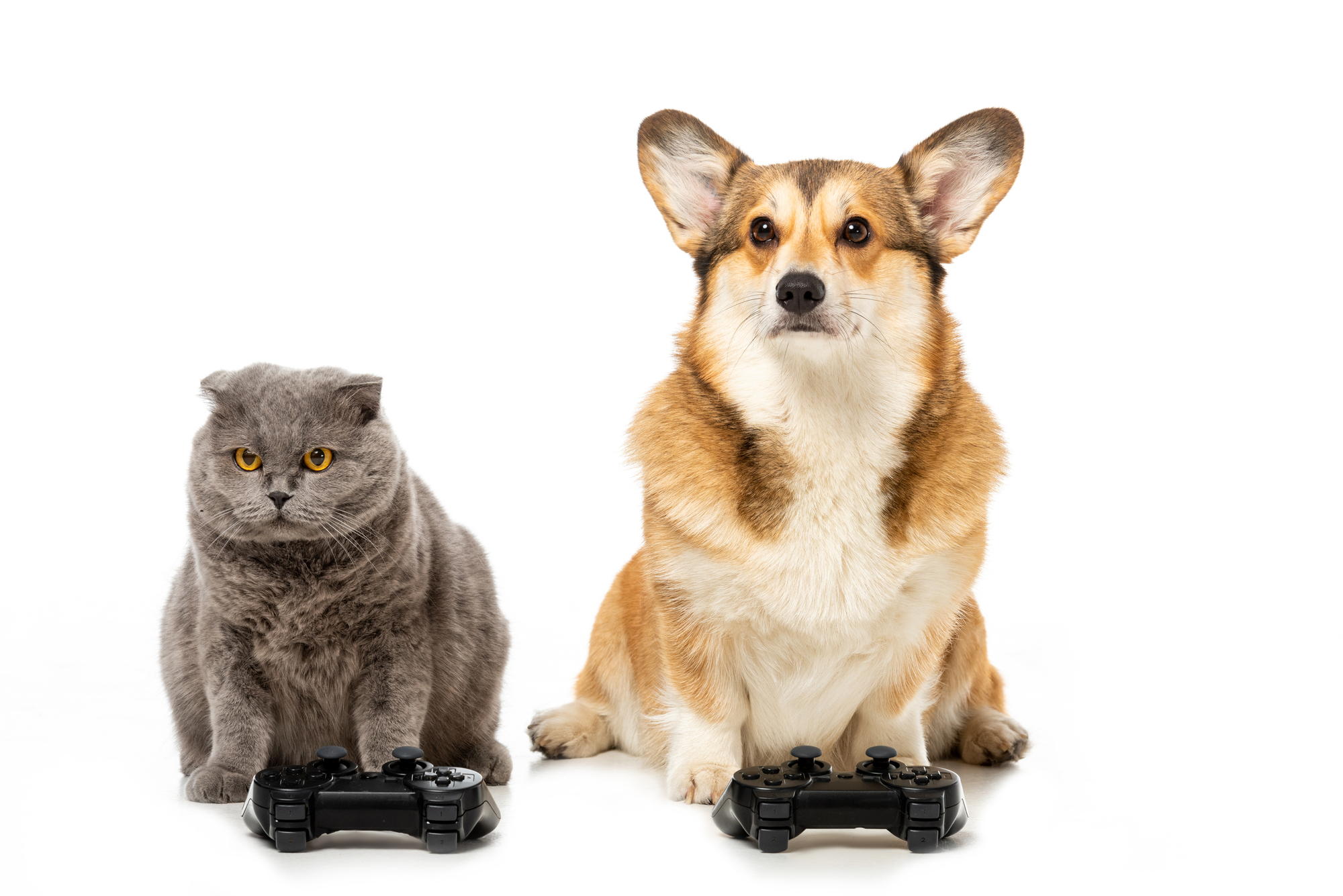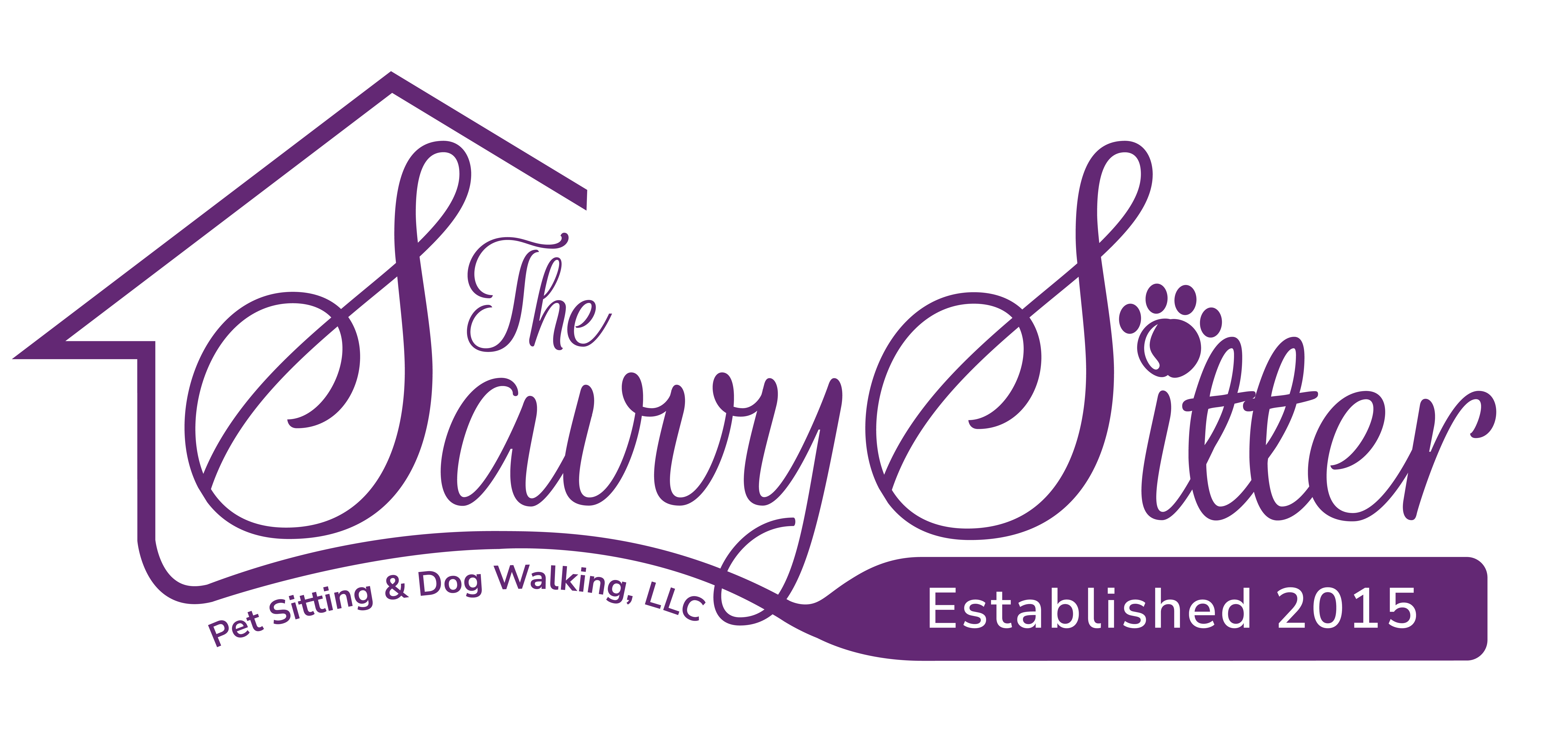
Games for Dogs
Games For Dogs By Breed
Every dog breed was made for a purpose. Some hunted. Others herded sheep. The list of examples could go on.
Nowadays, most dogs don’t work. But generally speaking, each breed still has the inner drive to carry out its job. That’s why you should learn about your dog’s ancestors. Knowing what they were bred for might help you figure out what games your pooch likes best.
This will require some research. We can help you get started. Although we can’t cover every single breed, we will go over each of the 7 breed groups.
Important Note: Keep in mind, each dog is unique. For example, not all hound dogs are fond of hunting games. But it’s still a good idea to know your dog’s history. After all, your furry friend might love games that closely mimic the work its ancestors did.
Labs and Retrievers Group
Labrador and Golden retrievers were bred to retrieve waterfowl. That’s why these two popular breeds often enjoy chasing tennis balls or frisbees. They are also great swimmers.
Spaniels were originally used to chase birds out of bushes. Today, many spaniels excel at finding hidden toys and treats around the house or backyard.
Pointers have a history of hunting birds, so they generally love retrieving toys. Your pointer might also do well in lure coursing. This demanding sport is perfect for high-energy dogs.
Hound Group
Hounds were made for hunting. So just like spaniels, they tend to prefer “find it” games. Your hound may also enjoy doing scent work.
Dachshunds, one of the most popular hound dogs, are known for digging. If that sounds like your Dachshund, your pup might be the perfect candidate for AKC Earthdog tests. This non-competitive sport allows your four-legged friend to hunt in man-made tunnels.
Working Group
Just as it sounds, the working group is comprised of hard-working canines. If your dog falls into this group, you must provide plenty of physical and mental stimulation.
Just to give an example, let’s look at the Rottweiler. These dogs have incredibly strong jaws. So, they naturally gravitate towards games like tug. Many trainers say this game should be avoided. However, it’s not a problem if it’s done correctly. You can learn more about it here.
Other working breeds, like huskies and malamutes, are sled dogs. That’s why these dogs often enjoy urban mushing.
Terrier Group
Terriers were bred to hunt rodents underground. AKC Earthdog tests allow your terrier to gratify those hunting instincts. You both will have a great time at one of these non-competitive events.
Herding Group
Herding dogs also tend to excel at agility. This popular sport sharpens obedience skills and burns off excess energy. Treibball is the perfect game for herding dogs. Why? Because it’s kind of like herding sheep.
To play the game, your dog must direct large, colorful balls into a soccer goal. It’s loads of fun for canines! If you want to compete, you will need to join a Treibball group. But if competing isn’t your thing, just play this game at home. Either way, it will be a big hit with your pooch.
Toy Group
Toy dogs were bred for companionship. That’s why you should always make sure your fur baby gets enough attention. Trick training is a great way to do that. Your pup will relish this extra time with you. Not to mention the praise and treats given for a job well done!
These tiny dogs also love playing with squeaky toys and chasing after balls. Just make sure the toys and balls are small enough for your dog’s cute little mouth.
Non-Sporting Group
The non-sporting group is comprised of all different types of dogs. This includes Shih Tzus, Bulldogs, Poodles, Dalmatians, and more.
Such a wide variety makes it impossible to sum up this group’s preferred play style. However, we can still give a few pointers. First, some non-sporting dogs have loads of energy. Dalmatians and miniature Poodles are two examples. These high-energy canines need long walks and hikes to tire them out. But other non-sporting dogs, like bulldogs and Pugs, have trouble breathing. They should never be pushed too hard. Keeping the right balance between too much and too little exercise is key.
In Conclusion
It’s important to find fun games that keep your furball entertained. This task becomes easier when you know what your dog’s breed was made for. And remember, no two dogs are exactly alike. Although we often associate certain breeds with certain activities, not all dogs fall in line with our expectations. But despite those exceptions, many canines do prefer activities that mimic the work of their ancestors. That’s why it’s helpful to learn more about your dog’s breed.
About the Author:
Savanna Westwood
Savanna Westwood is the Owner and Founder of The Savvy Sitter, Pet Sitting and Dog Walking, LLC. She has grown up with animals all her life and enjoys spending time with them. Savanna has lived in the Winter Garden and Windermere Area for over 30 years. When she is not taking care of Fur Friends, one can find her reading, practicing archery, riding, and devising ways to provide additional and excellent services to clients. Savanna is a Certified Professional Pet Sitter with Pet Sitter International's CPPS certification and also holds certification in Pet First Aid and CPCR for Pet-Care Professionals.

